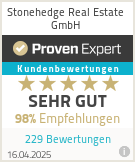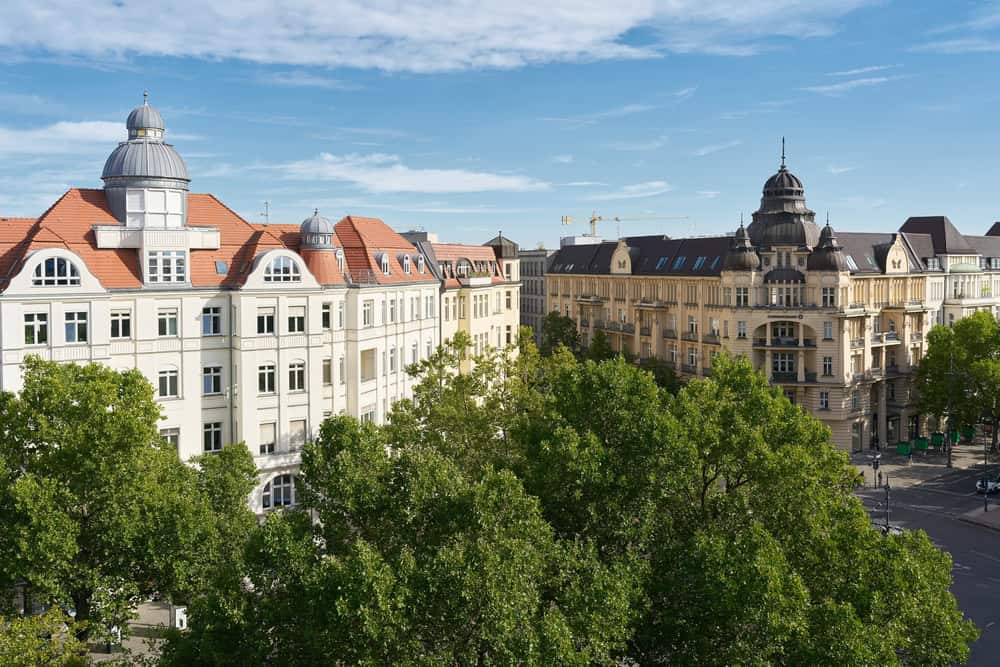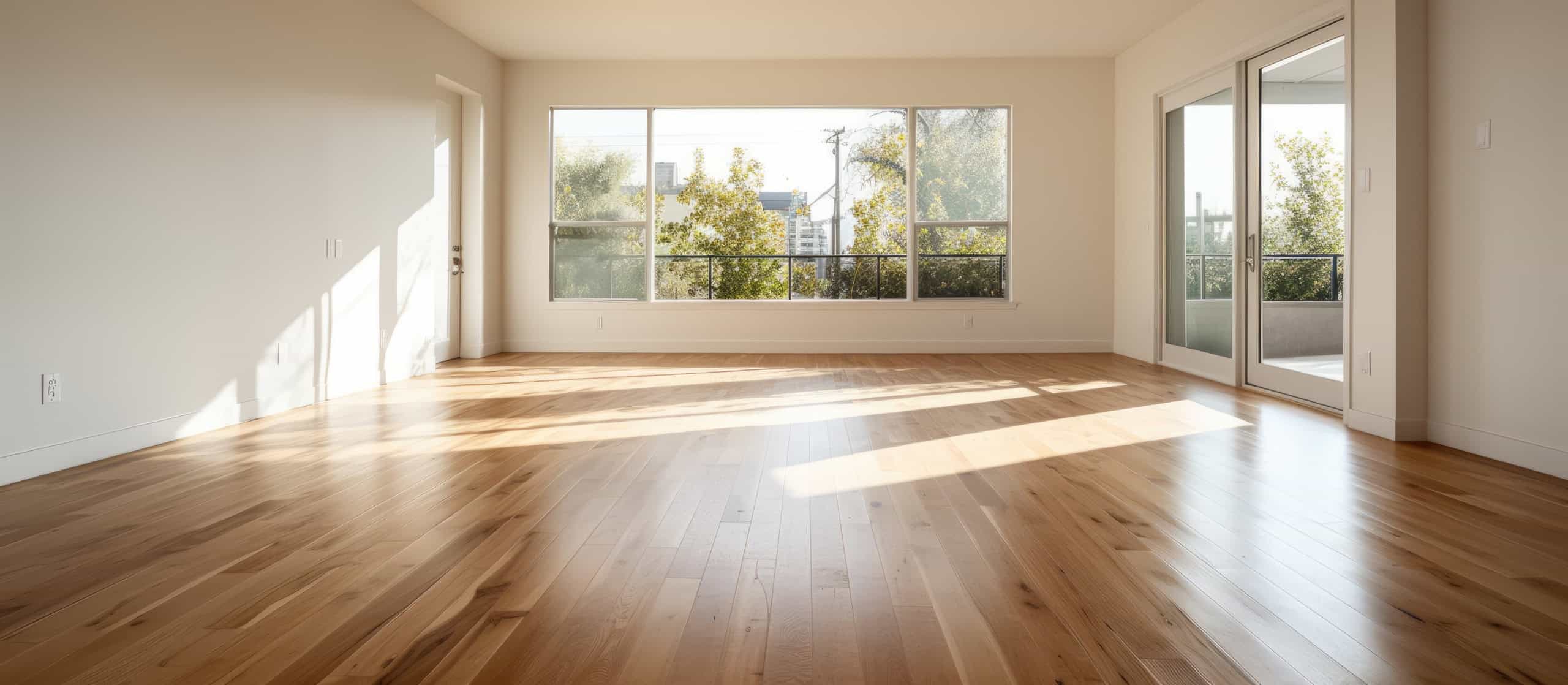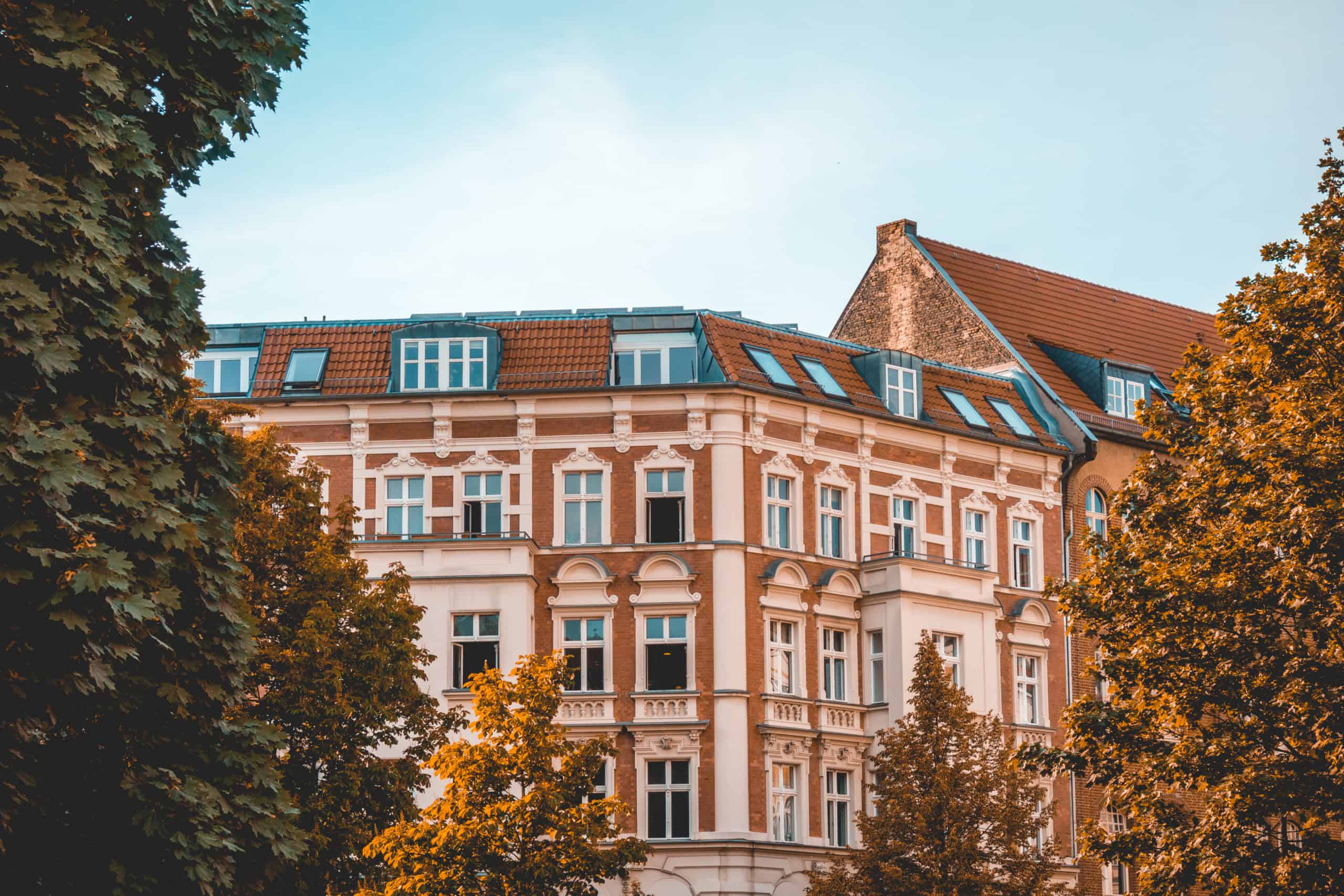The location of the Schöneberg district in Berlin
We accompany you in your search for the right condominium in Berlin and give you first impressions of the districts. This time we are going to Schöneberg, a district that belongs to the Tempelhof-Schöneberg borough and was one of the most affluent areas in Berlin until a few decades ago.
Here, the city’s fine ladies strolled along the sidewalks in their fur coats, their lapdogs on a short leash. A century ago, Schöneberg was the richest town outside of Berlin’s city center. Decadent parties were celebrated here in the 1920s. Celebrities such as Marlene Dietrich walked in and out. Schöneberg offers residents and visitors contrasts. Right next to the ornate houses from the Wilhelminian era, the bright rainbow colors of the gay community shine brightly. This is because the first “gay bar” in Germany was opened here in Schöneberg.
Schöneberg is a district that reflects the diversity of Berlin and which we want to explore in this article.
We tell you where you can find the best apartments in Schöneberg, which neighborhoods are particularly popular, how rental prices for apartments in Schöneberg have changed in recent years and what you need to look out for when searching for a suitable investment property.

The purchase price trend for apartments in Schöneberg
Apartments in Schöneberg cost an average of around €5,385/m². This corresponds to an increase of around 46 percent within the last 4 years. (as at Q4/2022)
Housing is becoming increasingly expensive in and around Berlin. Nevertheless, the investment is worthwhile, as prices are likely to continue to rise in the future.
An analysis of the housing market reveals that there are offers that are significantly above or significantly below the average. The cheapest apartment was sold in the fourth quarter of 2022 for 3,931 €/m² offered. The highest price per square meter was €10,433/m ².
Houses are generally slightly cheaper than apartments. The average price per square meter is around 5,076 €/m².(as at Q4/2022)
Of course, this means that there are both more expensive and cheaper offers on the real estate market. The cheapest house was sold in the fourth quarter of 2022 for €3,881/m² offered, while the most expensive offer was €8,666/m² was offered.
Property prices have risen significantly throughout Berlin in recent years. Apartments in Berlin cost an average of € 4,320/m² in the fourth quarter of 2022. The Schöneberg district is therefore above the Berlin average.
Buying a condominium in Schöneberg
In the following, we will take a closer look at the price differences between new and existing apartments. These are not only due to the building fabric, but also to the location and the furnishings. It can generally be said that apartment prices have risen steadily overall in recent years.
Is it still worth buying an apartment in the Schöneberg district at these prices? According to the experts, it is difficult to make a blanket statement in this regard, as whether an investment is good or bad depends on the specific property. Nevertheless, it is assumed that prices will continue to rise in the future. A slump is therefore hardly to be expected for the time being.
Buying an existing apartment in Schöneberg
On average, existing apartments are significantly cheaper than new-build apartments. Even if they have recently been renovated. At the beginning of 2023, they have a median value of €5,940/m² on. Of course, there are always apartments that deviate from this average value.
How much does a new-build apartment in Berlin Schöneberg cost?
Statistically speaking, new-build apartments cost significantly more than apartments in older buildings. The price differences are caused on the one hand by the location. Then there are the furnishings and design. Some new-build apartments in Berlin are designed to be luxurious. The bathrooms are fitted with designer furniture and real wood parquet is laid in the rooms. The windows are often floor-to-ceiling and the technology in such apartments is also state of the art. Luxury that is worth the money, no question.
At the beginning of 2023, new-build properties in Schöneberg will be available at an average price of €10,500/m² on the market.
How high are rents in Schöneberg?
According to the rent index, the average net rent in Schöneberg was €22.00/m² in January 2023 . This puts the rent level in Schöneberg slightly below that of Berlin as a whole, which has an average value of €24.81/m².
Looking at the development over the last 4 years, the price of rental apartments has risen by 18 percent.
Schöneberg is in 21st place out of a total of 74, i.e. in the top third of the list of rental prices in Berlin’s districts. The list is topped by Oberschöneweide at €35.42/m². led the way. Hellersdorf brings up the rear at €11.48/m² .
Special residential areas and neighborhoods in Schöneberg
If you set out to explore Schöneberg, you will come across a district of Berlin that could not be more diverse. While life is bustling in the north around KaDeWe, the department store of the West, you will find quieter and greener residential areas in the south. The German capital is a symbol of cultural and personal diversity, which is particularly reflected in the Schöneberg district. We will take you on a tour of Schöneberg’s most beautiful neighborhoods and give you a taste of the local lifestyle.
The Bavarian Quarter and Viktoria-Luise-Platz in Berlin Schöneberg
Let’s start our journey together in the Bavarian Quarter. This is located in the north of the Schöneberg district and borders Kurfürstendamm to the north and Rudolph-Wilde-Park to the south. The district would certainly be described as upscale. This impression is reinforced when you look at the magnificent old buildings, most of which date back to the 19th century.
When you step out of the shaft at Bayerischer Platz subway station, you will immediately notice the exhibition commemorating prominent Jews who lived in the houses around the square during the Second World War.
When Schöneberg was still an independent city and not just part of Berlin, the plan was made to build residential complexes for financially strong prospective buyers. The plan worked out and Berlin’s well-heeled citizens still live here today. Some of the apartments are up to 250 square meters large. Small turrets and gables adorn the façades of the magnificent old buildings.
The Bavarian Quarter extends to the north around Viktoria-Luise-Platz. The houses are elegant and the evening entertainment options are extremely varied. City life pulsates here. In the evenings, residents can be found in cafés and restaurants that enliven the well-kept district. The houses in the south of the Bavarian Quarter were badly damaged during the Second World War. They were rebuilt in the post-war period, but in the typical style of the 1950s. It was only a few years ago that the façades were given back their original decorations. This was done in the course of extensive renovation work and has enhanced the ambience of the Bavarian Quarter considerably.
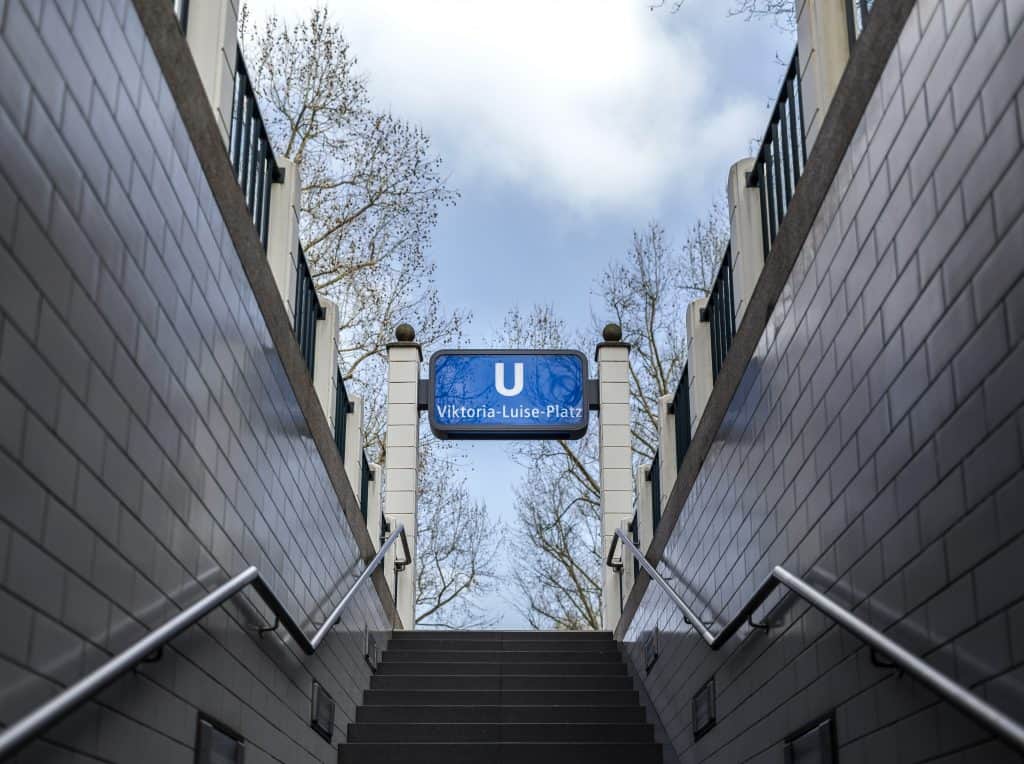
Wittenbergplatz and Tauentzien in Schöneberg
As already mentioned, in the north of Schöneberg you can clearly see that you are in the middle of a big city. Wittenbergplatz is crossed by the multi-lane Tauentzienstraße. It is home to the most important stores and restaurants in the Schöneberg district. The KaDeWe can be reached within a minute from Wittenbergplatz. Here you will find Dior and other luxury brands. The capital’s rich and famous love to stroll here and enjoy a meal in one of the expensive restaurants.
People tend to live here less. However, the area is definitely worth a visit, no matter where you are coming from.
Winterfeldtplatz, Nollendorfplatz and the Akazienkiez in Schöneberg
Nollendorfplatz is also on Tauentzienstraße, but at this point it is called Kleiststraße and later becomes Bülowstraße. We are still in the north of Schöneberg, but in an easterly direction. Winterfeldtplatz is a little further south below Nollendorfplatz. We are in the Akazienkiez, Berlin’s rainbow district. The capital’s homosexual couples have been meeting here since 1920. It’s a wonderful place to eat, because hardly any other neighborhood in Schöneberg has such a variety of culinary specialties. In addition, you should definitely take part in the nightlife of the Akazienkiez and enjoy a delicious cocktail in one of the many bars in the evening.
The Schöneberger Südgelände Nature Park
Anyone looking for nature in the big city will sooner or later end up in the Schöneberger Südgelände nature park. The park combines technology, the environment and art in a unique way. At weekends, children and adults explore the grounds of the former marshalling yard and take a look around the museum. Here you will encounter wild nature as well as art. The focus is on the environment and the sustainable use of our planet. Renovation work is currently being carried out on the listed locomotive hall. Special events are to be held here in the future. If you wander through the nature park, you will notice old rails again and again. These are now covered in moss and their chunky bolts are covered in rust. Nevertheless, they are witnesses to times gone by and have played a major part in Berlin’s history. You can also marvel at steam locomotive 503707 here. A giant of the past that rests here.
Furthermore, large parts of the park have been designated as a nature and landscape conservation area since the end of the 1990s. An oasis of nature in the middle of the German capital. Other parts of the park are home to allotment garden associations. The park borders the Vivantes Auguste-Viktoria Hospital to the east. To the south is the planetarium at the Insulaner.
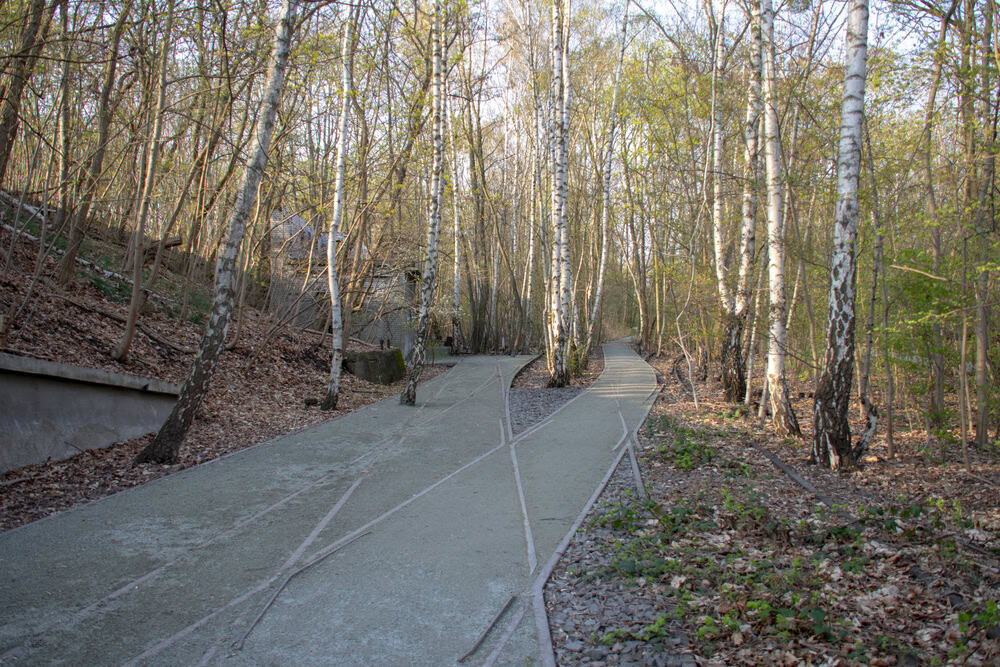
Conclusion
Schöneberg is a district that reflects the diversity of Berlin. While in the north there are beautiful, magnificent old buildings and life in the shopping streets never seems to stand still, you can reach the south of Schöneberg in a short time by public or private transport and relax in the Schöneberger Südgelände nature park or marvel at art exhibitions.
In the second part of the article “Buying a condominium in Schöneberg: Infrastructure, demographics & facts“ we look at the quality of life in this Berlin district. Are there enough educational facilities and how good is the medical care? What details can we find out about Schöneberg’s infrastructure and what is the demographic situation in the district? These are some of the questions we will be looking into.
